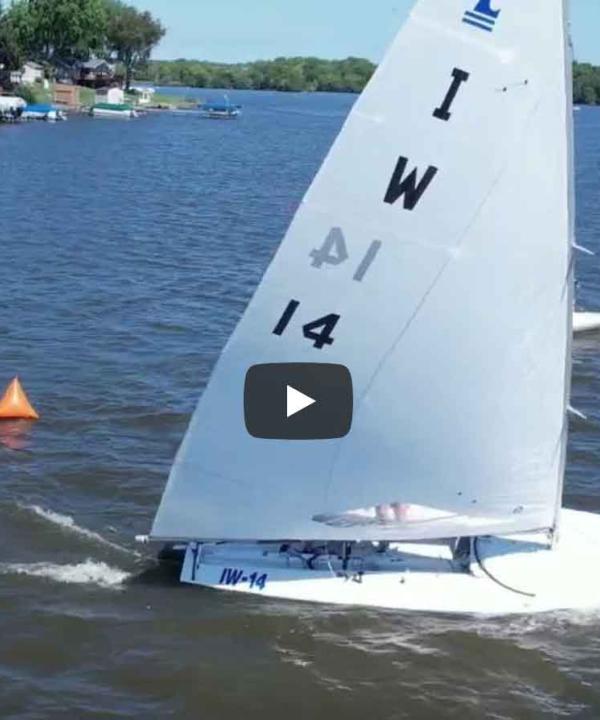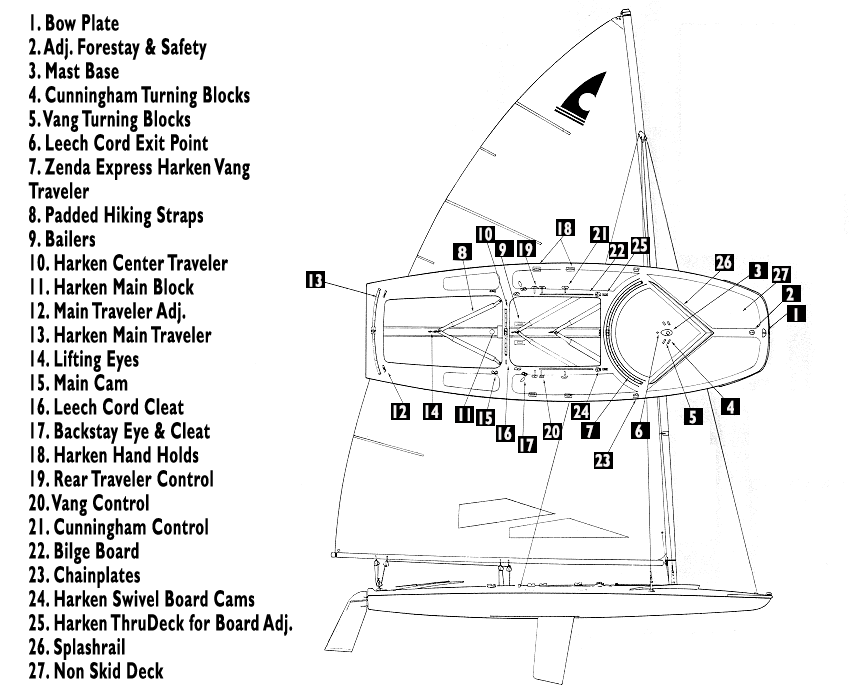C Scow Scantlings (Rules)
2020 C Scow Class Rules & X Boat Class Rules
APPROVED SPRING 2020 by INLAND LAKE YACHTING ASSOCIATION
Update Sail Numbers & Letters
Since our fleet has had many skippers new to sailing, used boats and older sails have been the predominate type used in the fleet. Most of these skippers like to display their own numbers and fleet designators. The removal of the old sail numbers/letters has become a major project for these skippers. The sail numbers are made from adhesive- backed polyester cloth.
About the C Scow Traveler
Though the mainsheet is your throttle when sailing to windward the C Scow traveler (rear of the boat) can be used to position the boom for different wind conditions.
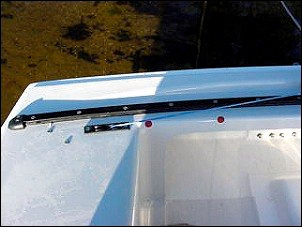
The traveler controls are located on most boats as dual controls to be operated on either tack. Actual location varies by boat, but they are easily accessible by either the skipper or crew.
About C Scow Mast Rotation
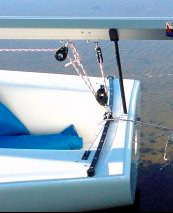
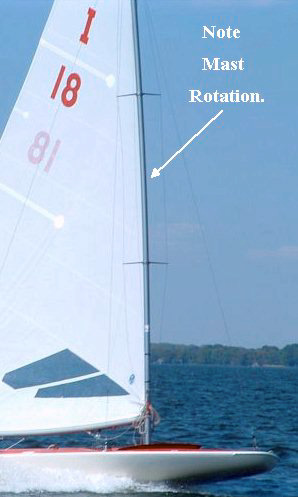
The aft block on the boom should be directly over the rear traveler in all light air and some medium air conditions.
This should produce a mast rotation of 45 degrees.
About C Scow Sidestays
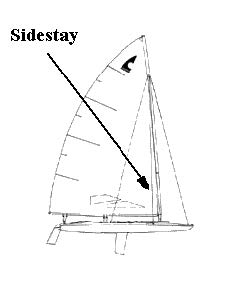
These should be tight with your mast rake at 31'10".
Tightening the turnbuckles by hand as tight as you can should produce close to the correct tension.
Be sure not to over tighten the sidestays. The sidestays need to be equal length.
Hoisting a steel tape with the halyard. Lock it in place and check each side stay.
About C Scow Mainsail
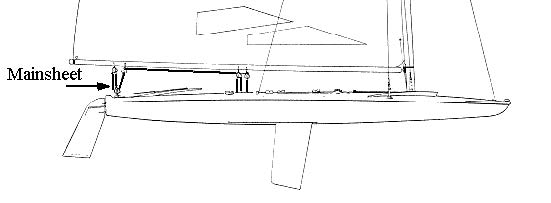
The C Scow has a large purchase main sheet. The mainsheet can place a lot of force to the boom.
The C scow mainsheet is rigged either with or without a center traveler.
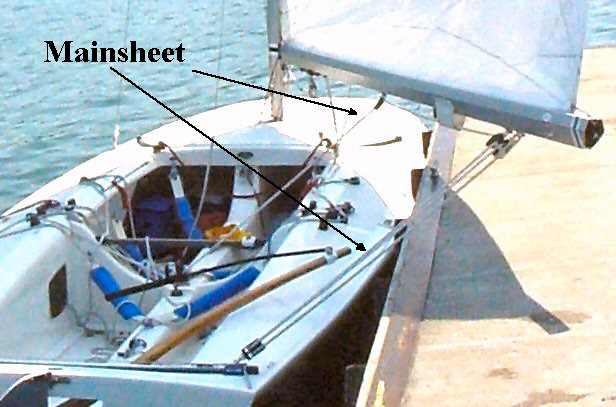
C-Scow Set up
| C-Scow Cheat Sheet | |||||||
| Wind 0-8 knots | Wind 8-15 knots | Subscribe to||||||

